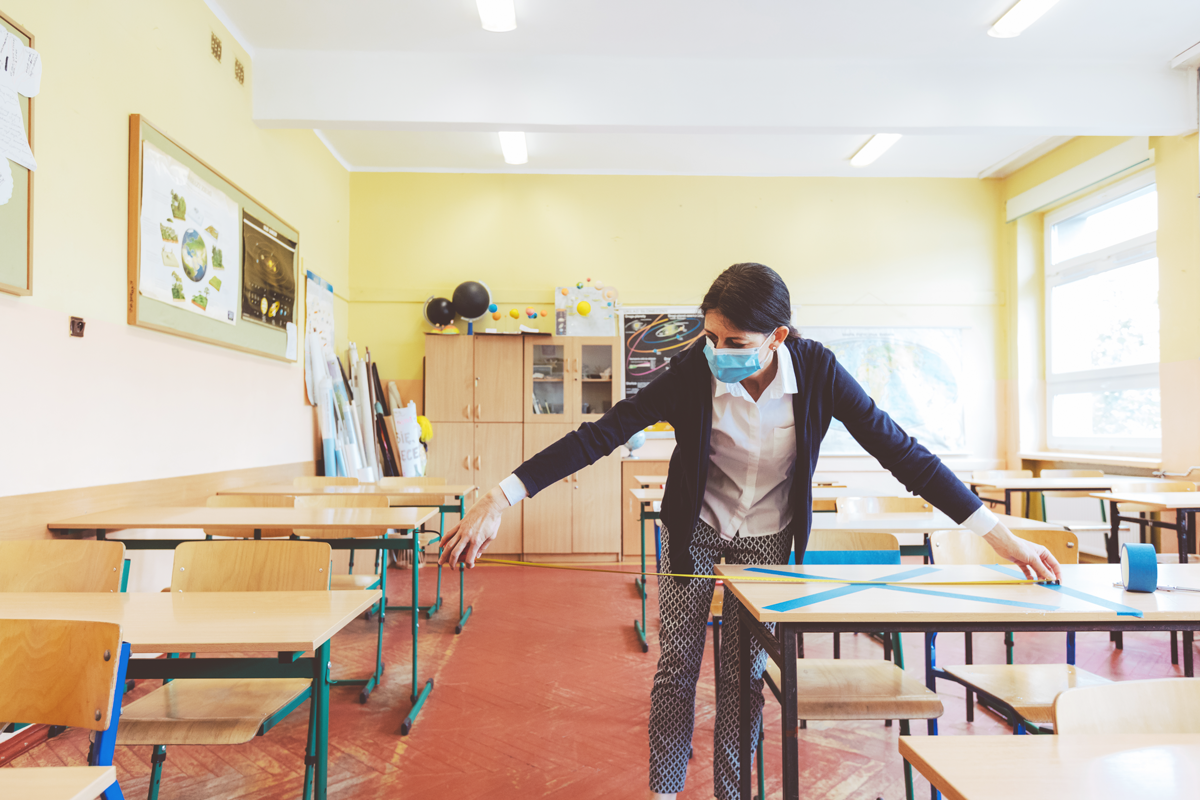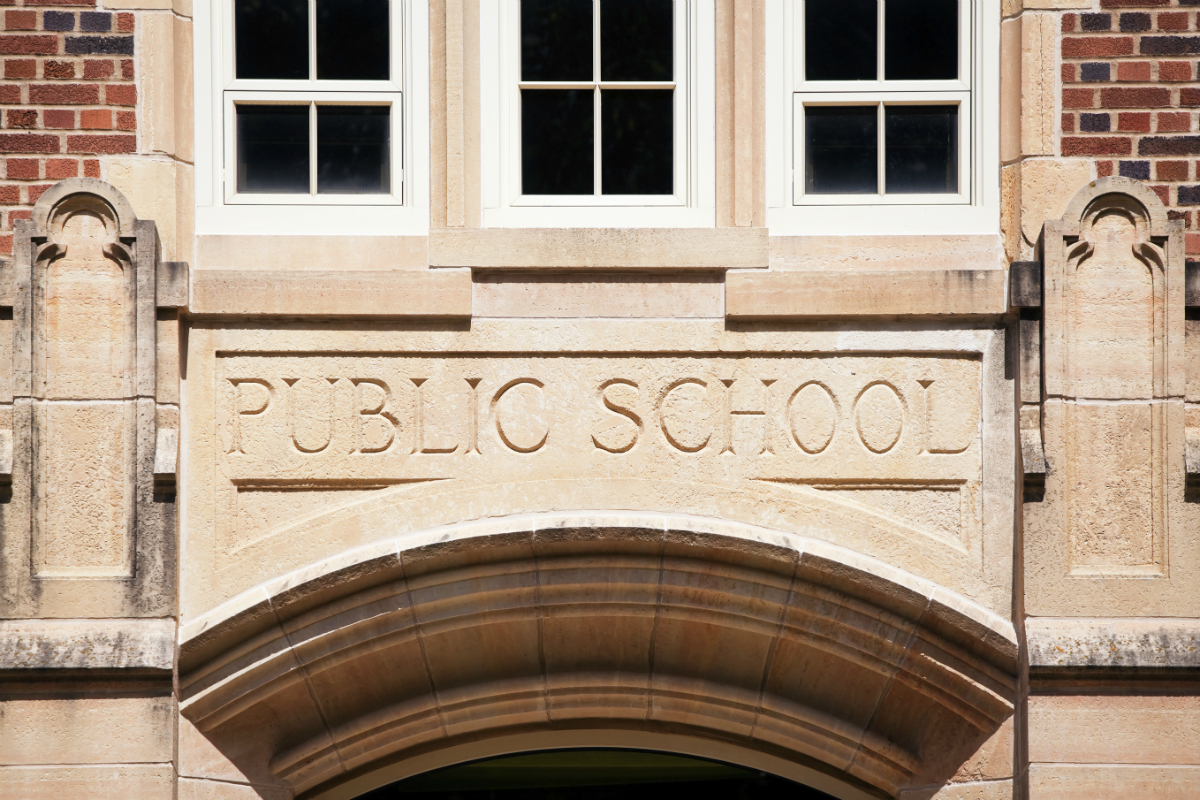Witnesses spoke during the June 15 hearing of how local educational agencies have thus far met the nutritional needs of students, and in some cases were able to accommodate technology and internet access needs among their families. But moving forward, significant additional funds will be needed to handle the challenges in the coming academic year related to transportation, hybrid learning models and adjusted schedules, increased sanitation measures and severely lacking broadband access in low-income and rural areas.
Throughout the hearing, committee members noted that Congress has failed to provide enough relief to schools during this recession, which may lead to devastating, long-term consequences for students. Also highlighted was the fact that Congress provided states nearly three times as much funding during the Great Recession, though the current recession caused by the economic shutdown to slow the spread of the virus is far deeper.
“The lessons from our past makes clear the school districts urgently need more relief. We cannot put the safety of students, teachers and communities at risk by reopening schools without providing them the resources they need,” said committee chairman Rep. Bobby Scott, D-Va. “Unless the federal government provides immediate relief, it won’t be a question of whether education will be cut, but how deep those cuts will be.”
Scott’s comments echo CSBA’s messages and federal advocacy work, including a May 12 letter to Congressional leaders calling for a stimulus package authorizing $175 billion in federal relief funds for distribution to schools nationwide in 2020–21 and 2021–22.
Schools facing ‘extreme fiscal challenges’
Thus far, Congress has allocated $13.5 billion for public schools through passage of the Coronavirus Aid, Relief, and Economic Security (CARES) Act. Michael Leachman, vice president for state fiscal policy at the Center for Budget and Policy Priorities, a progressive nonpartisan research and policy organization, testified that CARES Act funding, and even the additional money proposed under the House’s Health and Economic Recovery Omnibus Emergency Solutions (HEROES) Act, would be “far too little to meet the extreme fiscal challenges” that schools are facing.
States will likely experience $615 billion in deficit funding over the next three years, Leachman said. Unless school districts receive more federal aid, he predicted that a significant number of teachers and other school staff will undoubtedly be laid off and many programs cut. The impact “would be especially damaging to students of color and low-income students,” because they are already more likely to attend schools with fewer resources, he said.
Still, schools will not receive additional funds without some form of pushback. Rep. Virginia Foxx, R-N.C., the committee’s ranking member, said there has not yet been an analysis of how CARES Act funds have been spent. “Congress must first evaluate the impact of the billions of dollars in federal taxpayer education aid before rushing to further burden taxpayers with additional spending. Demanding additional funds at this time is premature and illogical,” she said, arguing that “money is not a cure-all solution, and it is irresponsible to throw more money at this situation.”
Yet, North Carolina State Superintendent Mark Johnson, invited by Foxx to testify, explained that federal support for broadband expansion would be welcome as there is still inconsistent internet access that presents major challenges for students required to participate in distance learning.
Addressing the digital divide and transportation costs
In response to questions from Rep. Glenn Thompson, R-Pa., about disruptions to learning caused by COVID-19 and lack of access to technology and broadband internet in rural areas, Johnson said he has heard from districts in his state and others about facing those same issues — even in regions that were ahead of the curve in tech access at school.
“(North Carolina) was actually the first state in the nation to connect every single classroom to high-speed, wireless internet, which was a monumental task and a truly amazing accomplishment for our education system,” Johnson said. “But that doesn’t help when students in rural North Carolina don’t have that broadband connection at home.”
Though he said his state addressed this by immediately directing money toward hotspot devices and parked WiFi-equipped buses in key areas around districts, some of these methods are simply “band-aid” fixes. Larger scale innovation that allows every student to access high-speed internet “is something we would actually appreciate Congress very much helping with,” Johnson said.
States will also need help in covering transportation costs that are likely to balloon with schools accounting for social distancing once the 2020–21 academic year begins. It is likely that fewer students will be allowed on each school bus at a time, and with the possibility of staggered instructional schedules, more buses will be needed, taking an especially significant toll on rural districts.
“[Transportation] will absolutely be a challenge if social distancing is required in our schools,” Johnson said. “We will probably come to look for more waivers and more help when it comes to getting more buses on the road to run more routes.”




